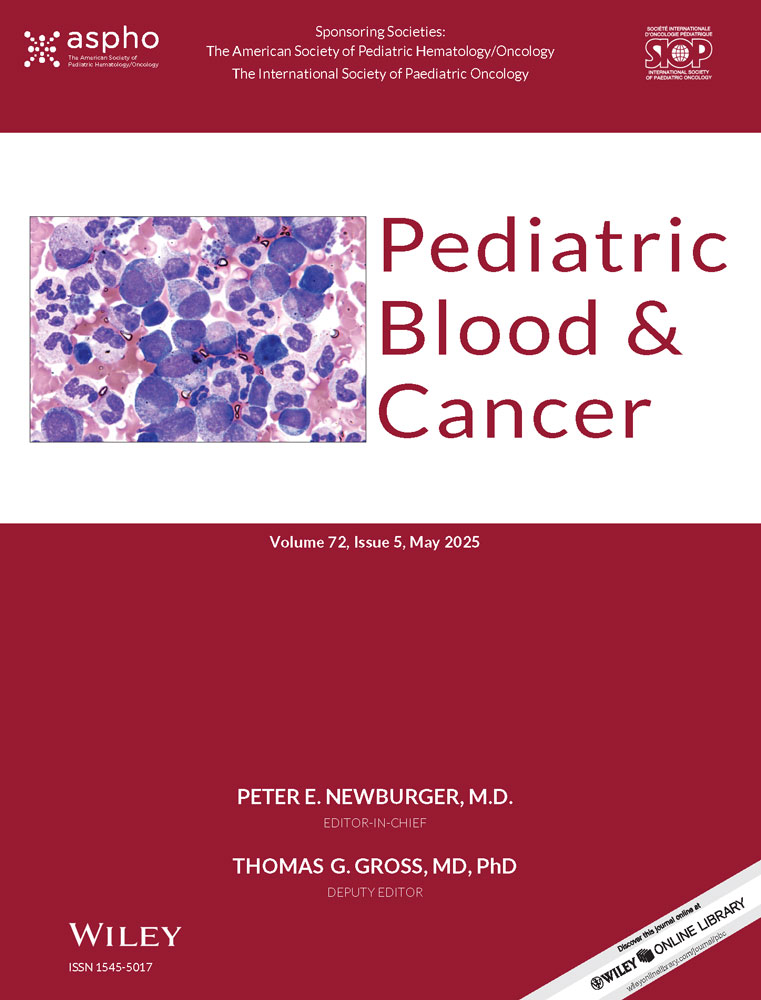PET Response and Outcome in Low-Risk Nodular Lymphocyte-Predominant Hodgkin Lymphoma: Children's Oncology Group Study AHOD03P1
Funding: This work was supported by the NCTN Operations Center Grant (U10CA180886), NCTN Statistics and Data Center Grant (U10CA180899), and St. Baldrick's Foundation.
Previously presented at the American Society of Hematology Annual Conference in San Diego, December 2023. Abstract published in Blood (2023) 142 (Supplement 1): 1699.
ABSTRACT
A better understanding of positron emission tomography (PET) response in nodular lymphocyte-predominant Hodgkin lymphoma (nLPHL) is critical for incorporating PET into prospective trials. PET scans from Children's Oncology Group study AHOD03P1 for patients less than 22 years with low-risk nLPHL, treated with three cycles of doxorubicin, vincristine, prednisone, and cyclophosphamide chemotherapy, were retrospectively reviewed and assigned Deauville 5-point scale (5PS) scores. Five-year post-PET event-free survival was 90.1% (80% CI: 85.2%–93.4%) for PET-negative (5PS 1–3) and 66.7% (80% CI: 36.4%–85.0%) for PET-positive (5PS 4–5) patients. PET response after three cycles of low-dose chemotherapy is predictive of relapse risk for low-risk nLPHL.
Conflicts of Interest
The authors declare no conflicts of interest.
Open Research
Data Availability Statement
Data available on request from the Children's Oncology Group.




